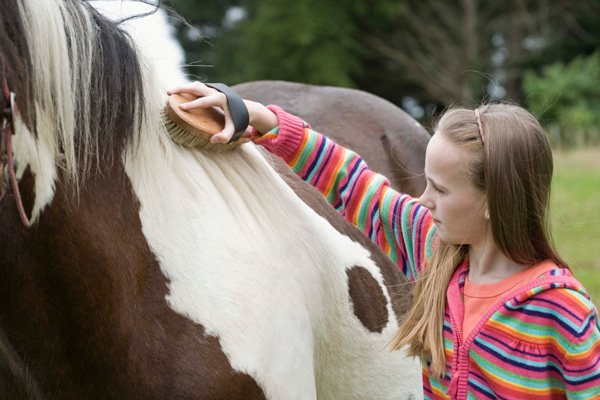
The recent outbreak of EHV-I in a group of barrel horses in Minnesota provides an unfortunate reminder that the risk of contagious disease transmission such as EHV-I and equine influenza are real. While employing basic biosecurity practices can minimize the incidence of disease outbreak, Michigan State University Extension suggests that establishing a quarantine of sick or exposed horses is the first line of defense when an unknown, potentially contagious, or even fatal diseases strike.
What is Quarantine?
By definition, the practice of quarantine is the isolation of sick or exposed animals from healthy animals. When an animal breaks with a fever, it is difficult to know if the issue is just a bug or a potentially deadly illness such as EHV-I. Until animals have been treated or tested, and the determination made, they should be placed in quarantine. It is critical that veterinarians work together to share information regarding cases of contagious disease, even if they are not officially reportable by law.
How to Quarantine
In an ideal situation, sick or exposed animals are kept in a separate barn from those that are healthy. This level of separation is not always possible, however. When animals cannot be housed in different buildings, keeping sick animals at the lowest traffic end of the barn, with at least one stall between sick and healthy animals, may be beneficial. Using fans to direct airflow out of the barn may also be useful, as will use of separate equipment to care for healthy animals and those who are ill. If sick animals are turned out, they should be placed in different paddocks from those who are healthy, preferably downwind. The respective groups of horses should not be able to come into contact with one another.
How Long Should a Quarantine Last?
The length of quarantine depends in large part on the disease in question. When diseases such as EHV-I have been confirmed, it is suggested that impacted farms should be quarantined for three weeks after the last case has been identified. In addition, during recent EHV-I outbreaks, all horse movement has ceased in impacted areas for a similar period of time.
Additional Information
- How To Establish an Equine Quarantine from EQUUS
For more information about horses visit Michigan State University Extension


